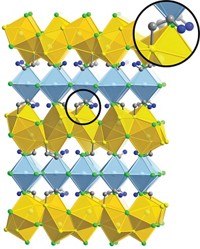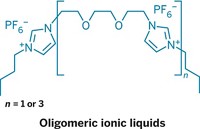Advertisement
Grab your lab coat. Let's get started
Welcome!
Welcome!
Create an account below to get 6 C&EN articles per month, receive newsletters and more - all free.
It seems this is your first time logging in online. Please enter the following information to continue.
As an ACS member you automatically get access to this site. All we need is few more details to create your reading experience.
Not you? Sign in with a different account.
Not you? Sign in with a different account.
ERROR 1
ERROR 1
ERROR 2
ERROR 2
ERROR 2
ERROR 2
ERROR 2
Password and Confirm password must match.
If you have an ACS member number, please enter it here so we can link this account to your membership. (optional)
ERROR 2
ACS values your privacy. By submitting your information, you are gaining access to C&EN and subscribing to our weekly newsletter. We use the information you provide to make your reading experience better, and we will never sell your data to third party members.
Materials
Solid Carbon Sources Lead To Graphene
Method converts table sugar, polymers, and other organic compounds to monolayer carbon films
by Mitch Jacoby
November 15, 2010
| A version of this story appeared in
Volume 88, Issue 46
Organic polymers and other common solid carbon compounds can be converted to graphene, according to researchers at Rice University who developed a synthetic method for preparing the atom-thin form of carbon (Nature, DOI: 10.1038/ nature 09579). Graphene is typically prepared either by peeling apart tiny graphite flakes or by chemical vapor deposition methods. The vapor-based technique, which generally involves decomposing methane or ethylene on metal surfaces, is suitable for producing sheets measuring tens of square inches (C&EN, July 5, page 31). That method, however, excludes the possibility of using nongaseous feedstocks. Zhengzong Sun, Zheng Yan, James M. Tour, and coworkers demonstrated that poly(methyl methacrylate), the polycyclic aromatic hydrocarbon fluorene, and even table sugar (sucrose) can be reduced to monolayer graphene by depositing the solids on copper and heating to 800 °C in a dilute hydrogen atmosphere. That temperature, which is some 200 °C lower than what is prescribed by other methods, is cool enough to be compatible with silicon-processing methods. Films made by the new method were incorporated into working electronic devices, the team reports.





Join the conversation
Contact the reporter
Submit a Letter to the Editor for publication
Engage with us on Twitter